Bathing in the Black Waters of Kamata's Hot Springs
While Tokyo is home to many public bathhouses or sento, which use hot tap water, it has also many onsen (hot springs). Onsen literally means warm water source, but the spring water is not necessarily warm as onsen are defined by the mineral content of the water.
For example, Kamata in Tokyo's Ota City is home to numerous onsen, many of which have dark water known as kuro-yu (literally black water), which is rich in minerals or other chemicals conducive to soft skin and warming the body. This unique quality is due to the town's proximity to Tokyo Bay as it is drawn from the seabed where volcanic ash and plant matter decomposed long ago. The water, which is naturally 18-20 degrees Celsius, is pumped from depths that can reach around 100 meters and heated to a temperature suitable for bathing.
Kamata Onsen
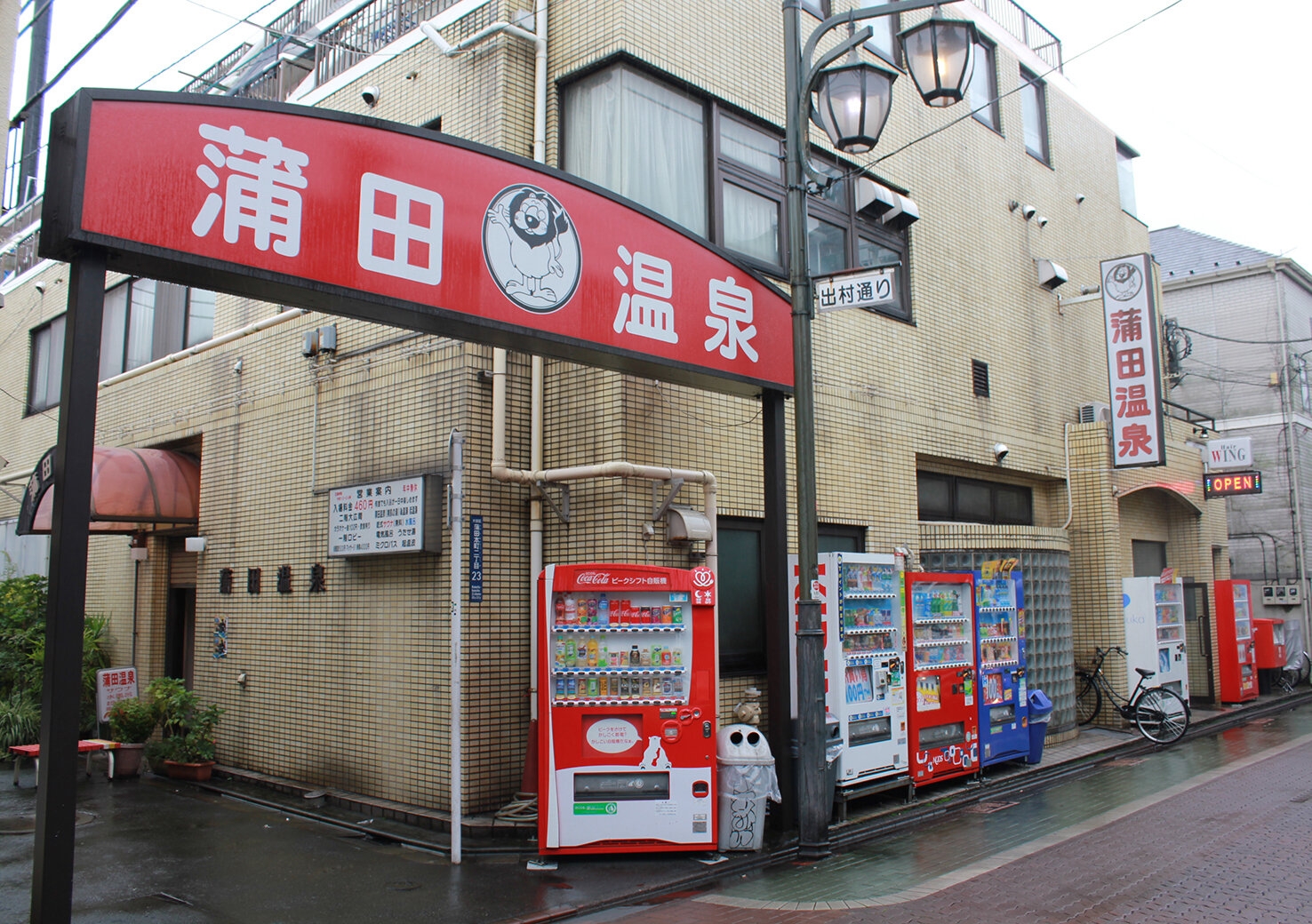
I ventured to Kamata one crisp day, when the chill in the air offered the perfect time for a hot bath. My first stop was a facility about 15 minutes on foot from Kamata Station, set amidst narrow streets with residential buildings and small shops. I knew I'd come upon a local institution when I spotted a giant red sign bearing the words Kamata Onsen in Japanese.
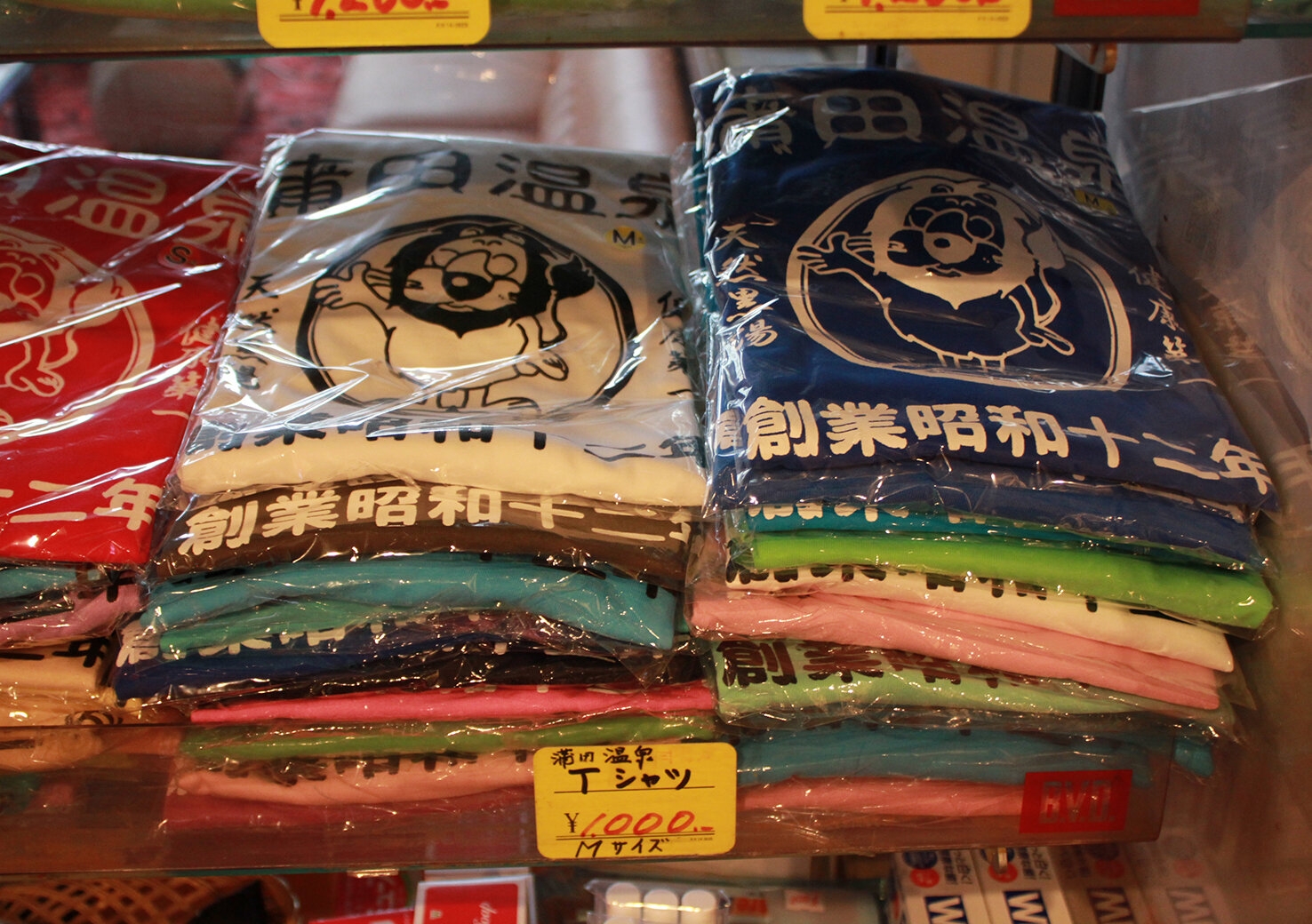
Stepping inside, I was struck immediately by the facility's retro, yet clean and immaculately kept, interior. It was as though I'd stepped back in time, had it not been for the flat-screen TV in the lobby. Kamata Onsen has been in business since 1938: a fact it proudly advertises on the souvenir T-shirts available for sale near the ticket counter.
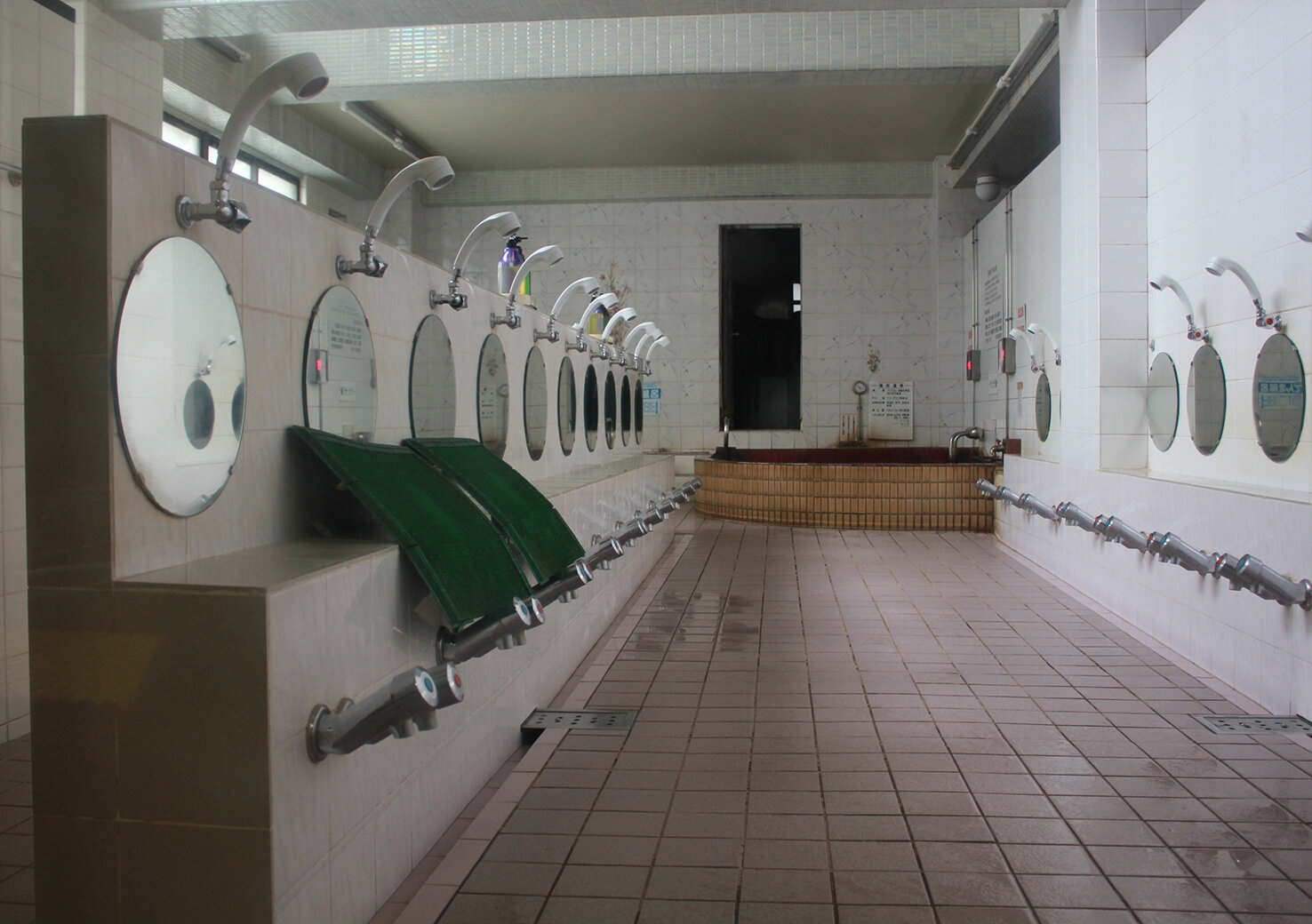
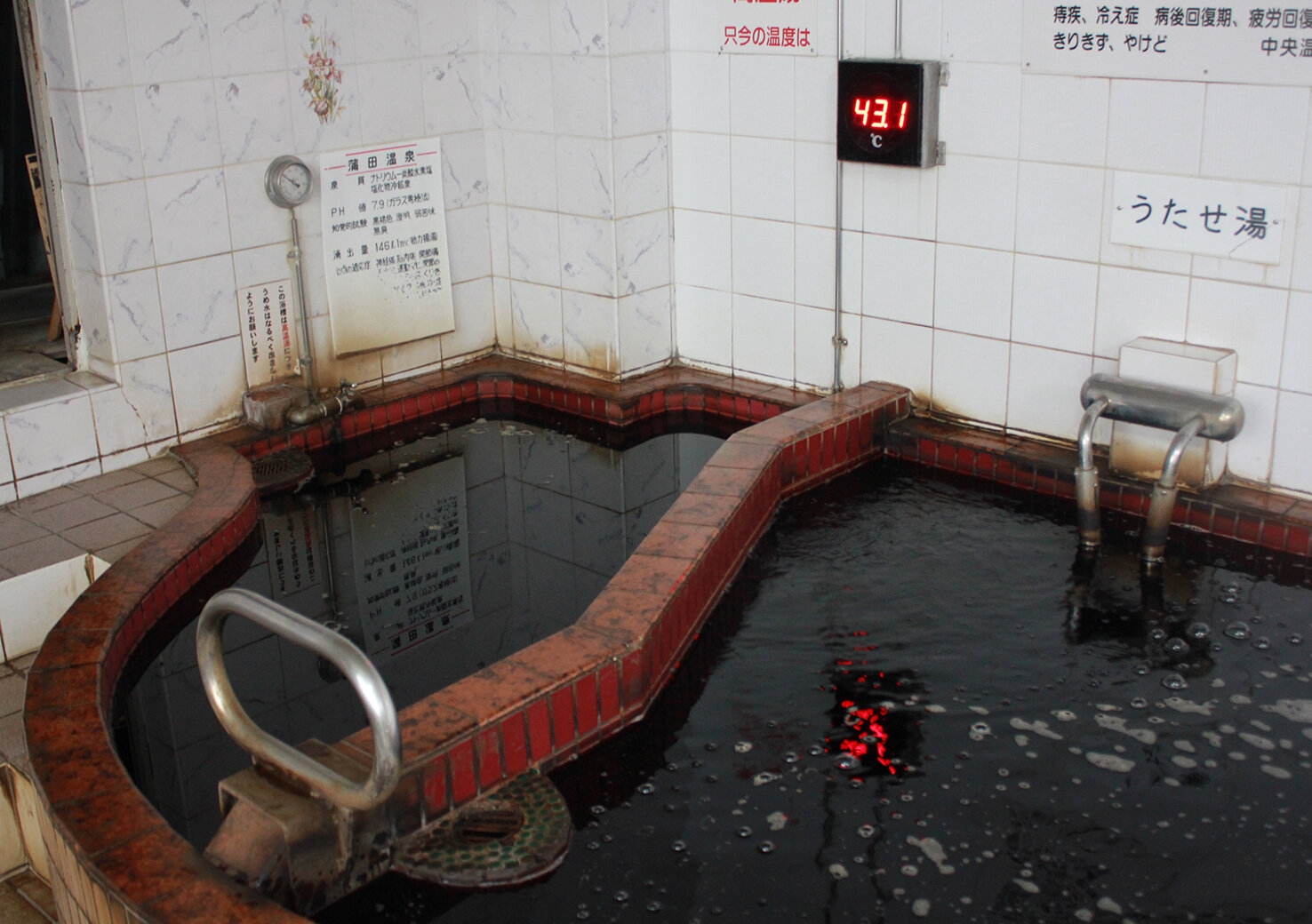
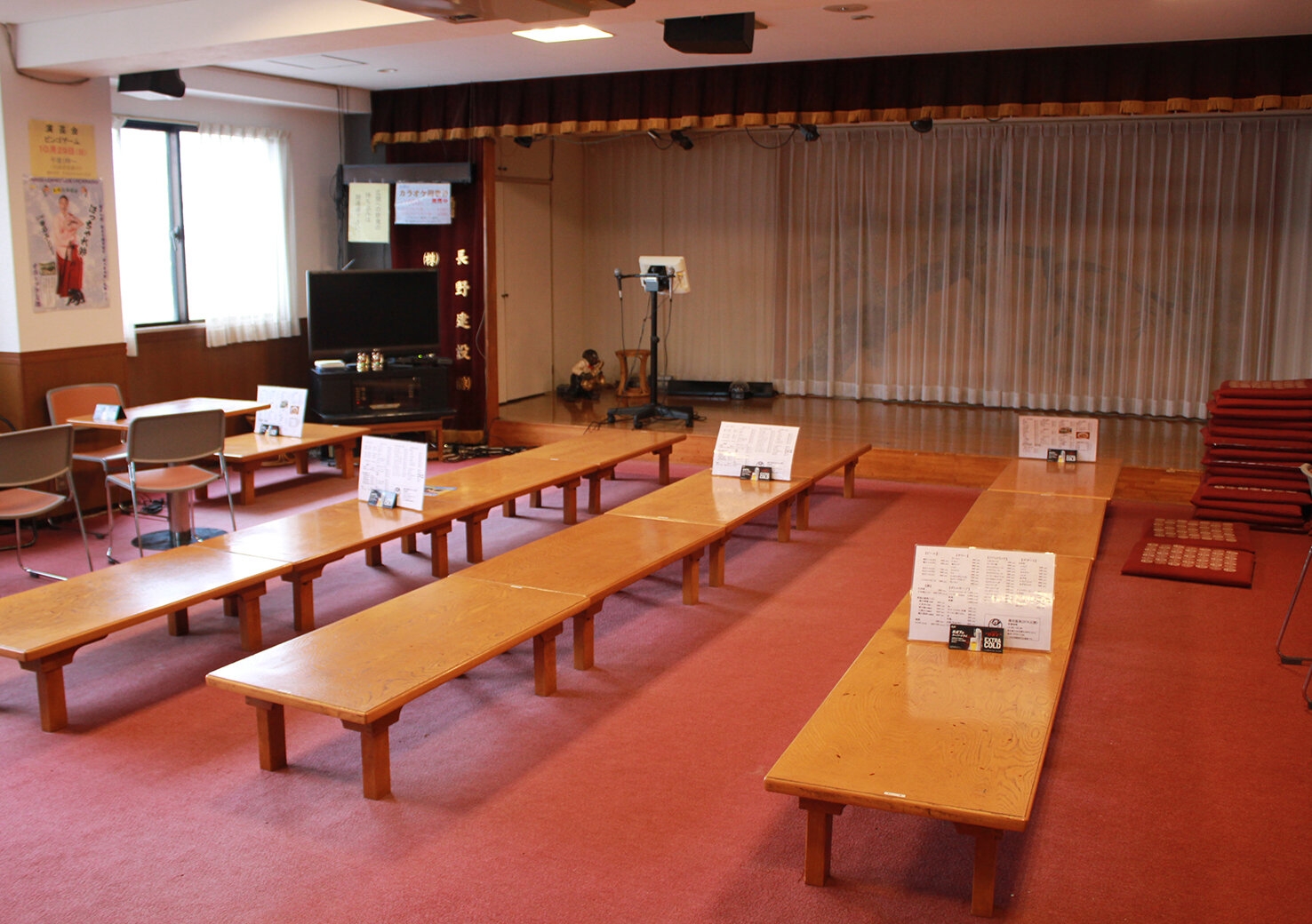
I made my way into the bathing area in search of the kuro-yu and found two tubs full of the dark water: one hot and one lukewarm. Kamata Onsen allows bathing multiple times once admission is paid, so guests can take a break and relax or enjoy a meal in the spacious second floor area before heading back in for another soak. They also offer towels and yukata (a light cotton kimono) for rent at a nominal sum.
Yu City Kamata
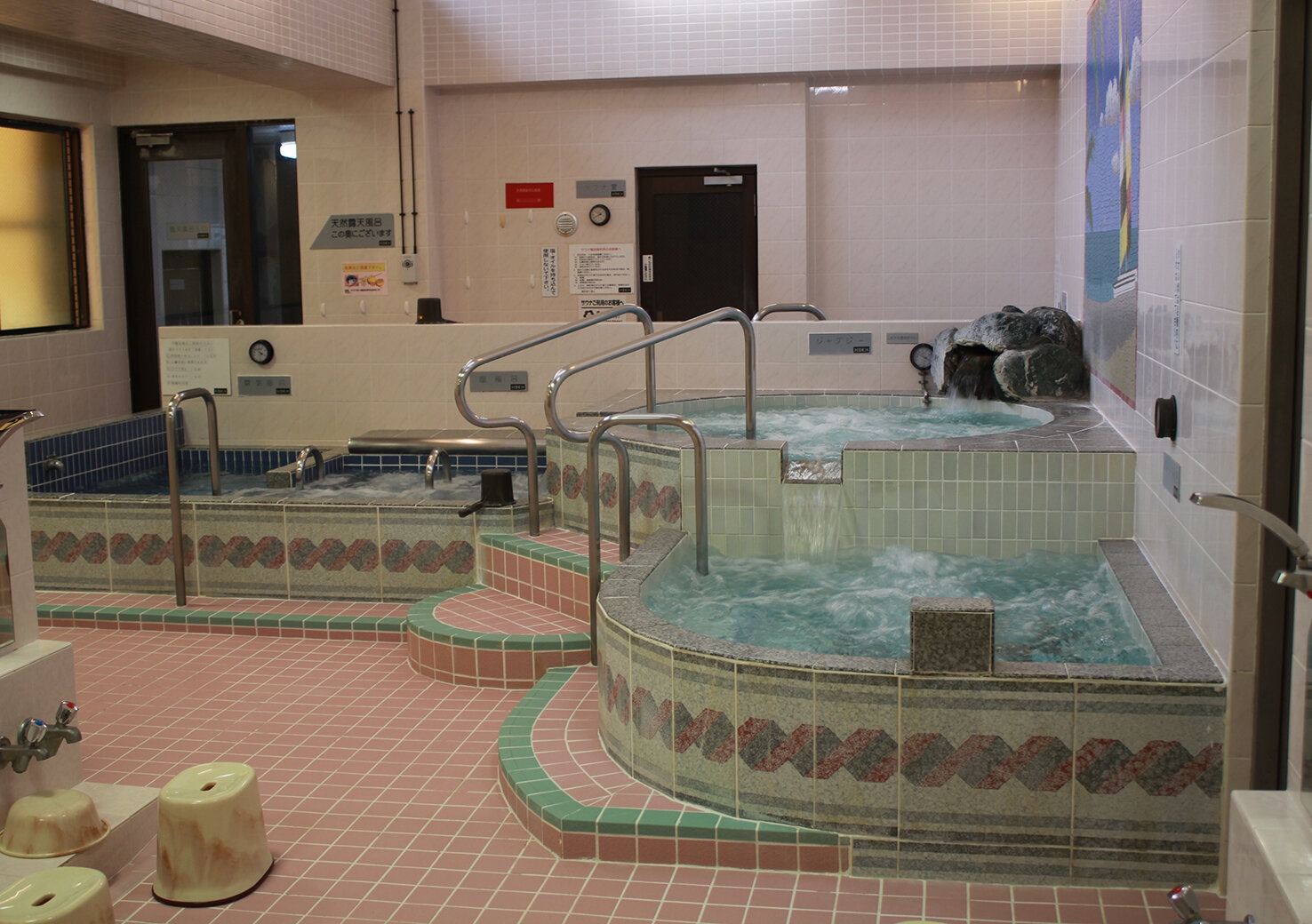
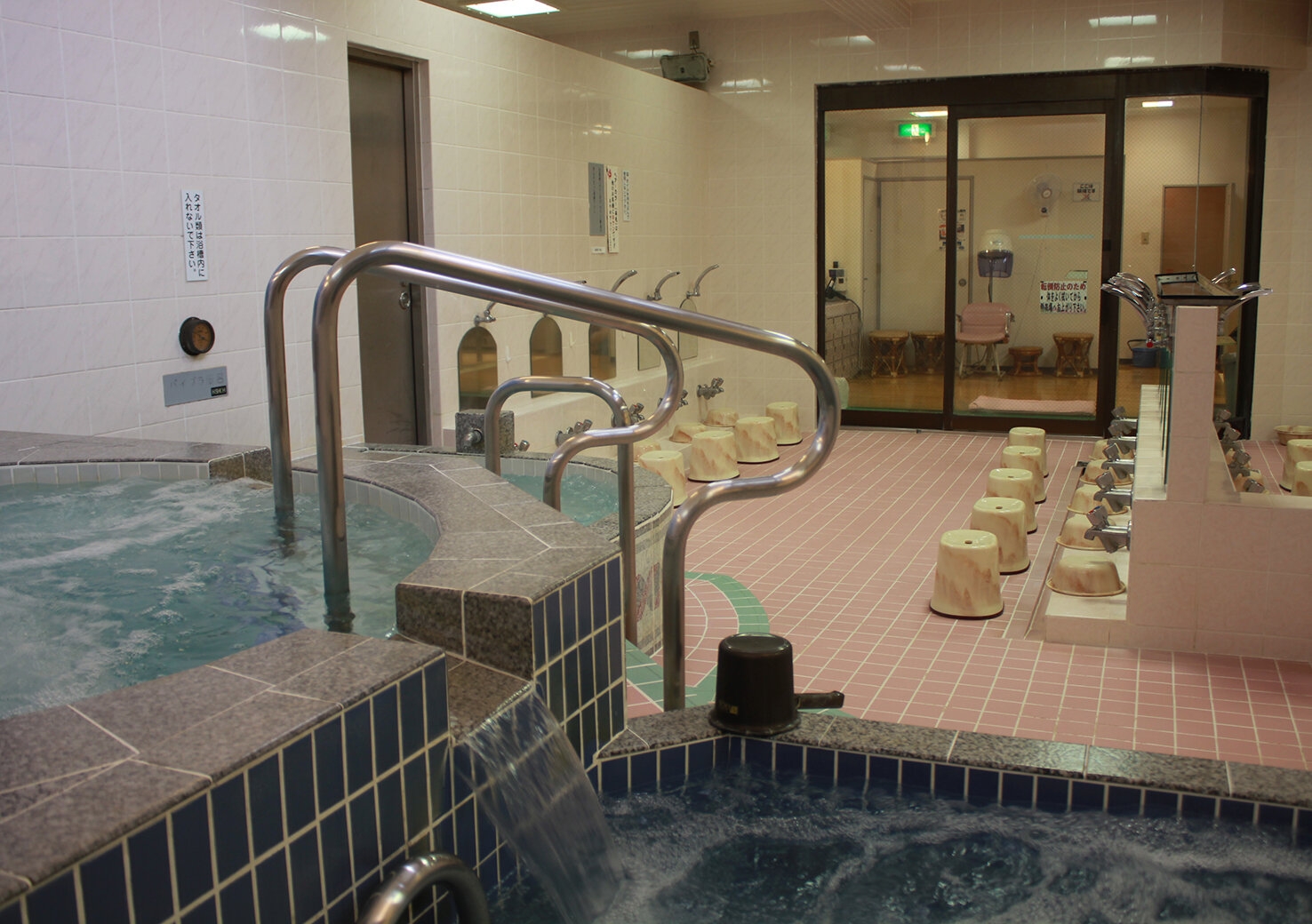
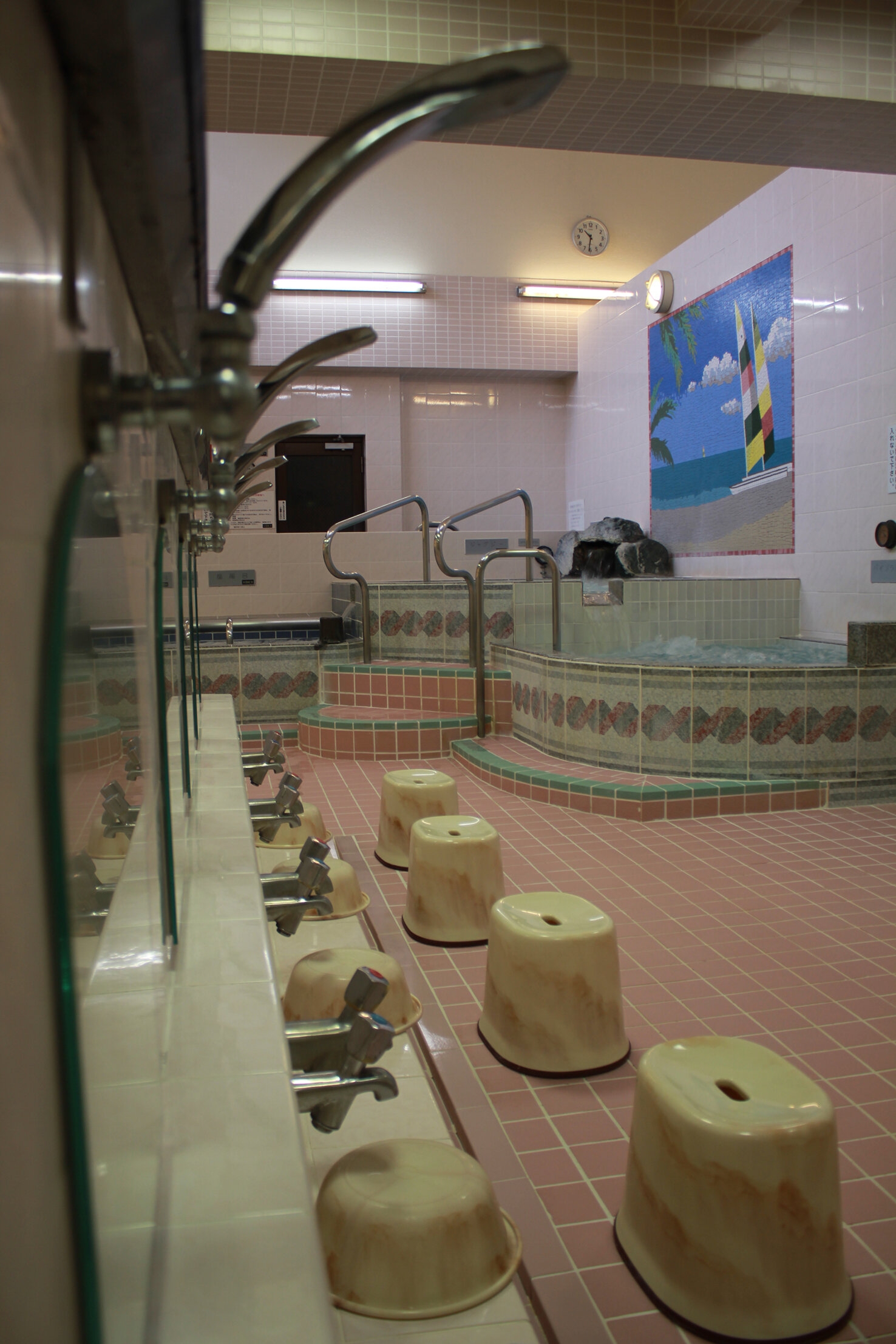
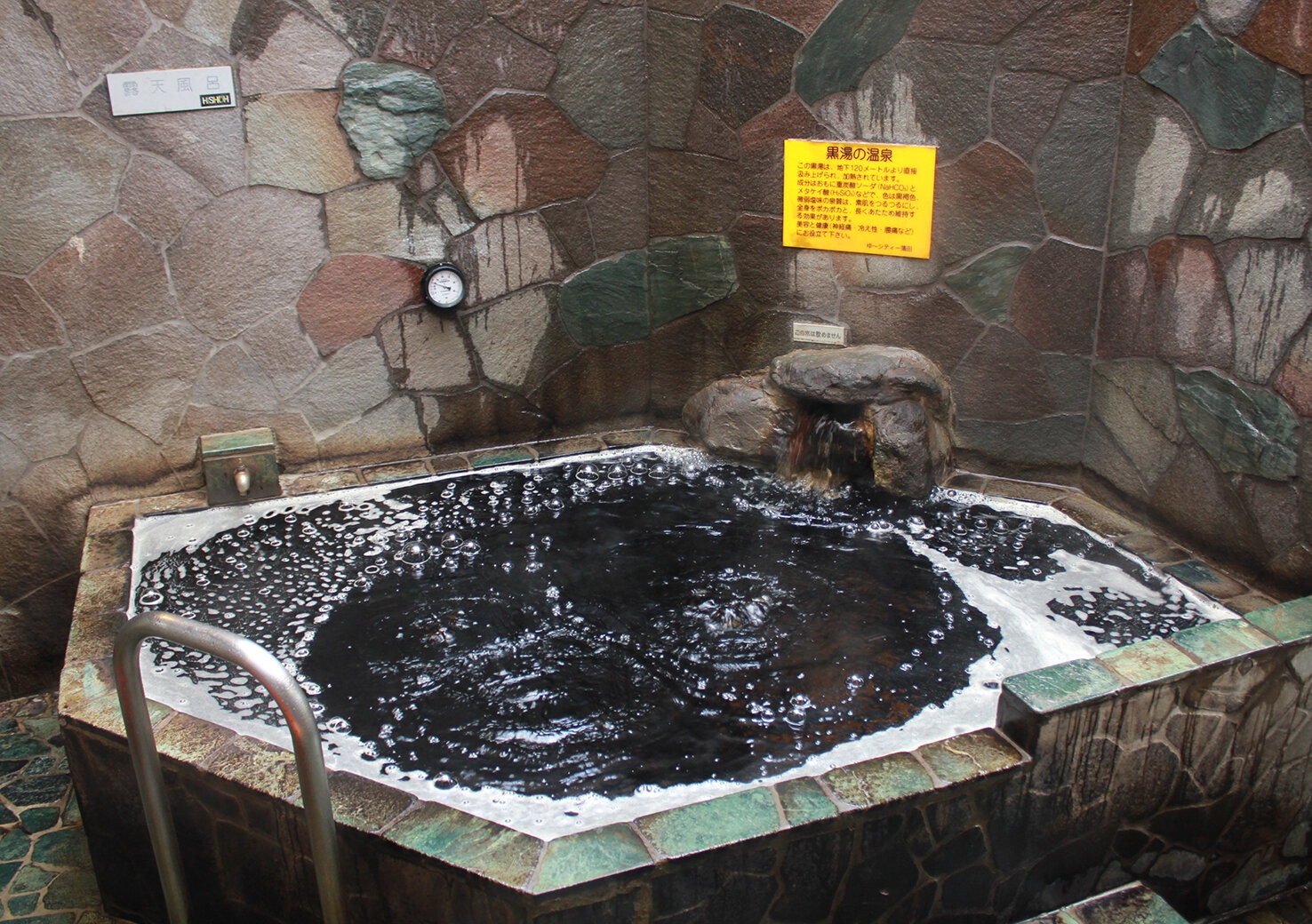
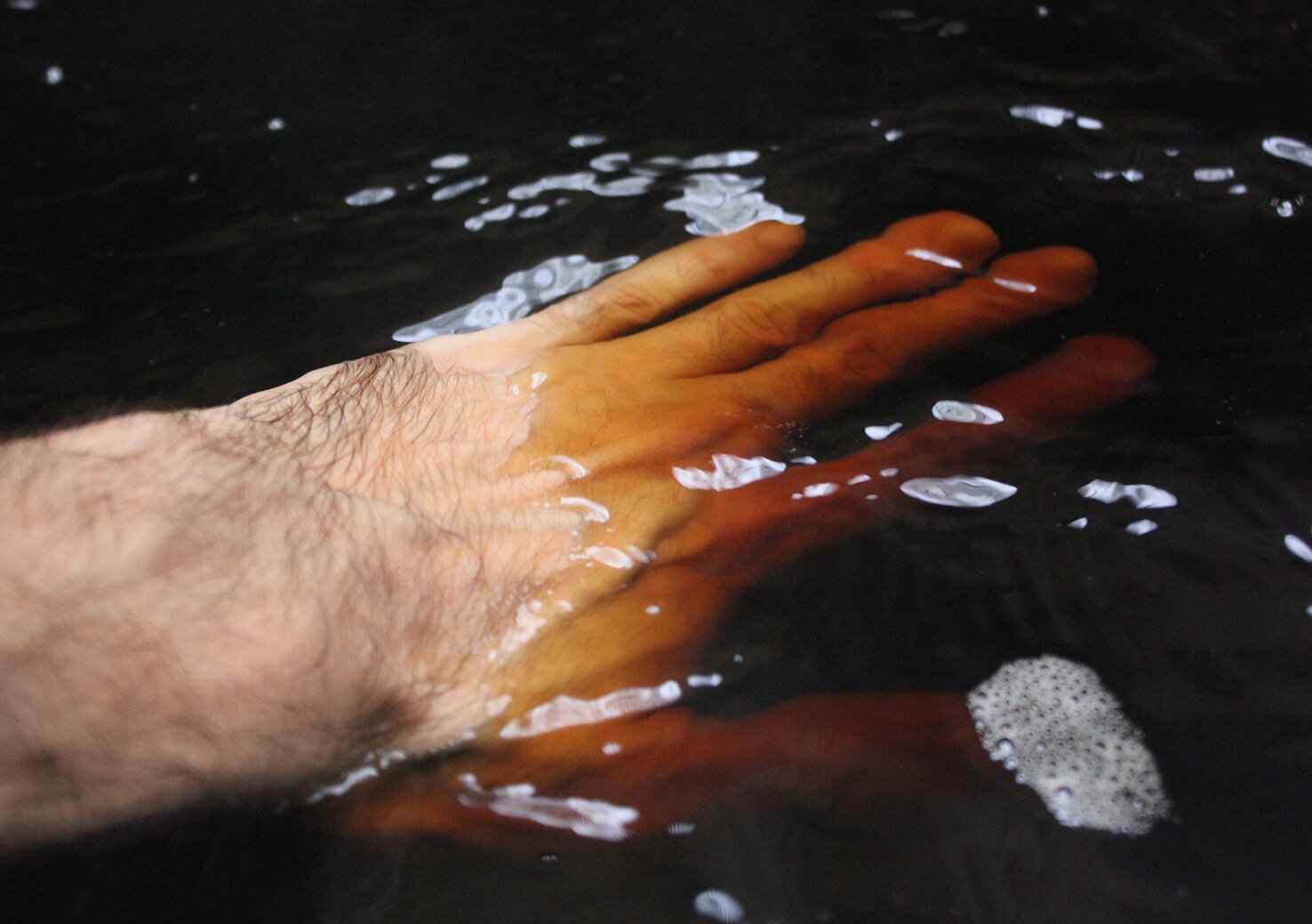
After my bath, I headed back to the Kamata Station area and checked out Yu City Kamata. This facility is more modern, with a large bathing area featuring Jacuzzi-style jet massage baths and a baibura bath, which stimulates the body with tiny bubbles. I was pleasantly surprised that the kuro-yu is in a rotemburo (outdoor bath). I couldn't pass up the chance to enjoy some fresh air while sitting in the dark, mineral-rich water.
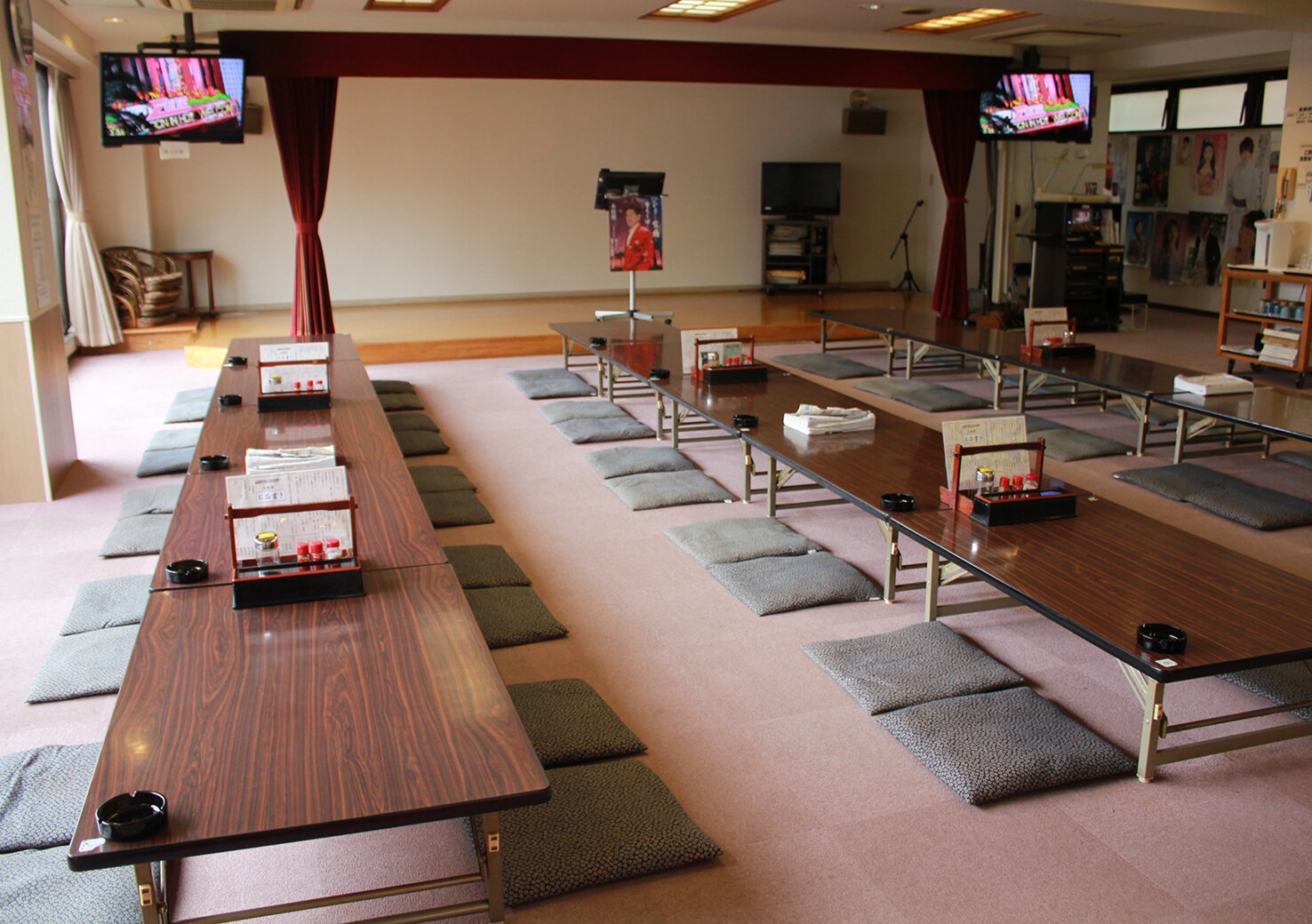
Yu City Kamata also has a spacious dining area upstairs, complete with karaoke machines and a section with tatami matting. One of the staff with whom I spoke said they sometimes host singers, singing competitions and even magic shows. Free WiFi is available and English signage around the facility makes it easy to navigate.
Kaiseiyu
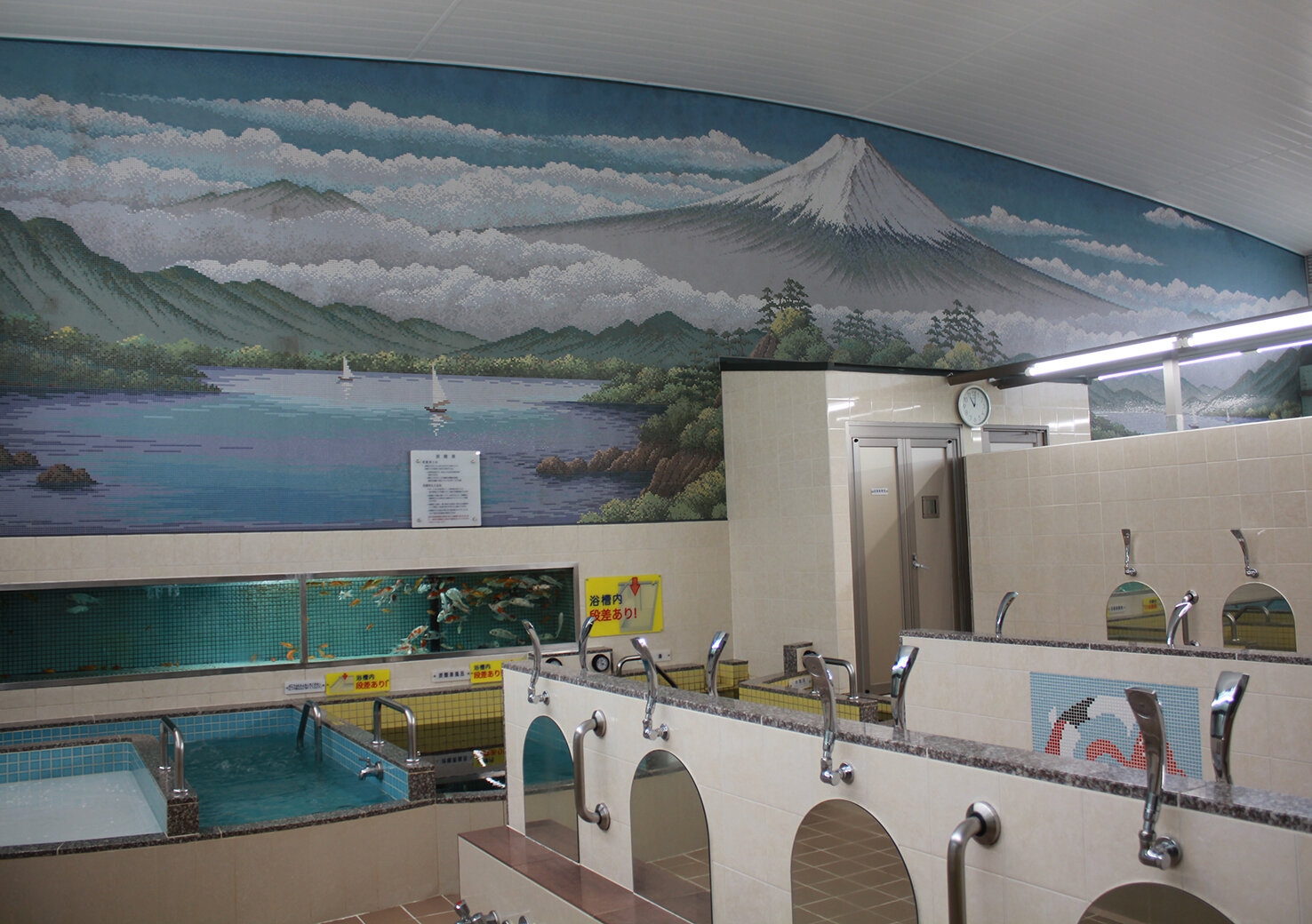
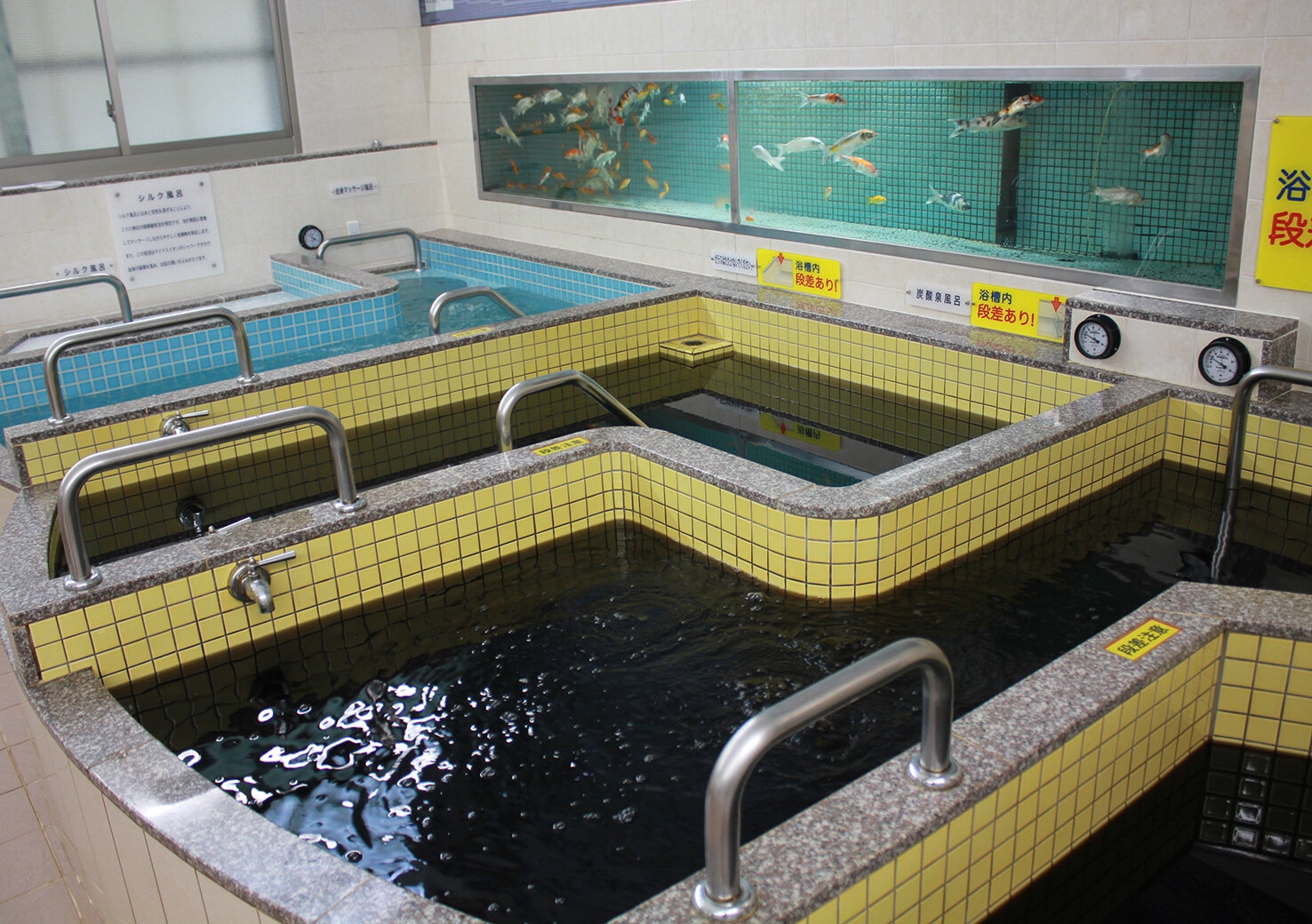
The third and final onsen I visited was Kaiseiyu, which was founded in 1929 but now occupies a spacious, remodeled facility. Stepping into the bathing area, I was struck immediately by the large wall fresco depicting Mount Fuji (a common element in Tokyo bathhouses) as well as the colorful goldfish and carp swimming below it in a large aquarium.
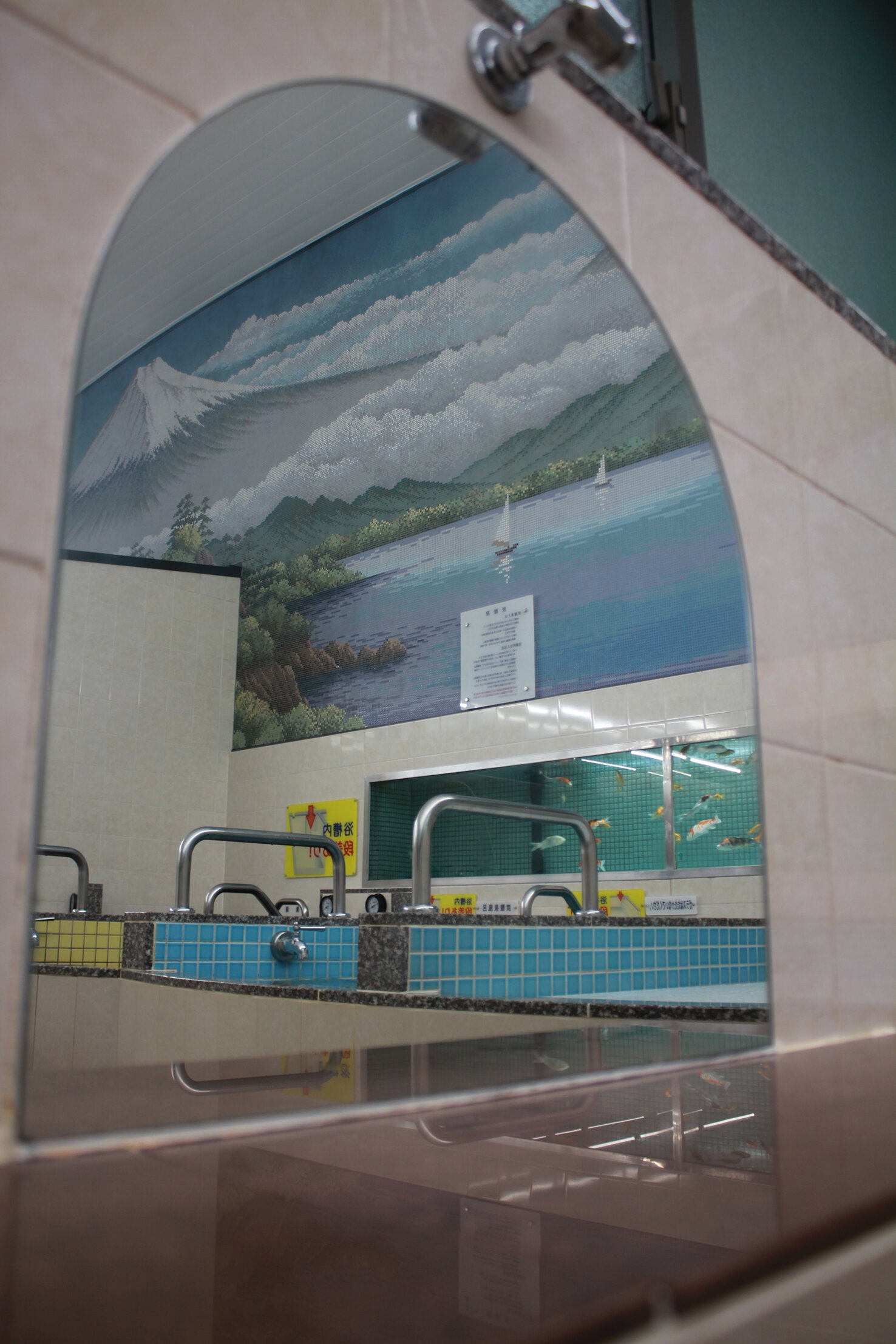
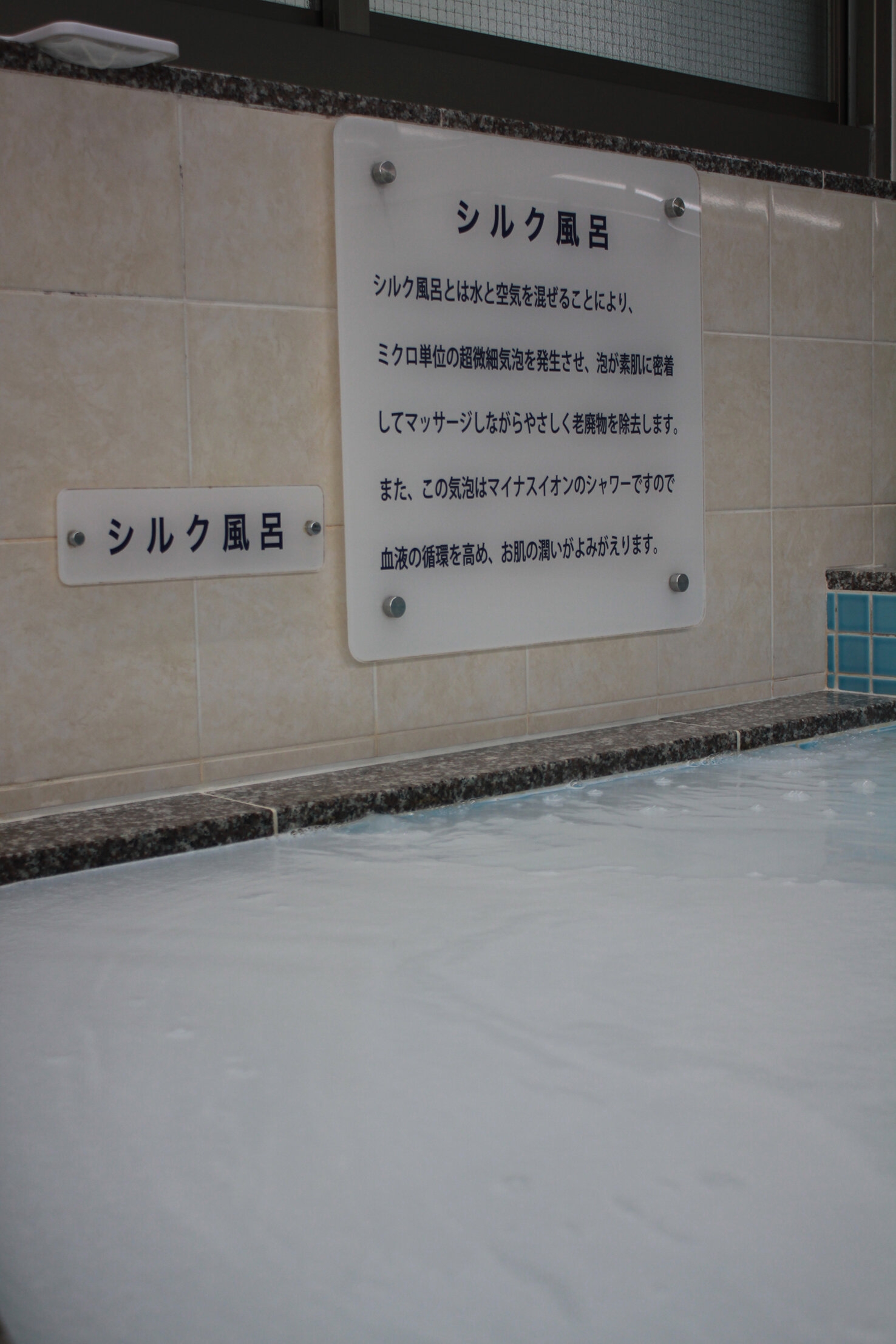
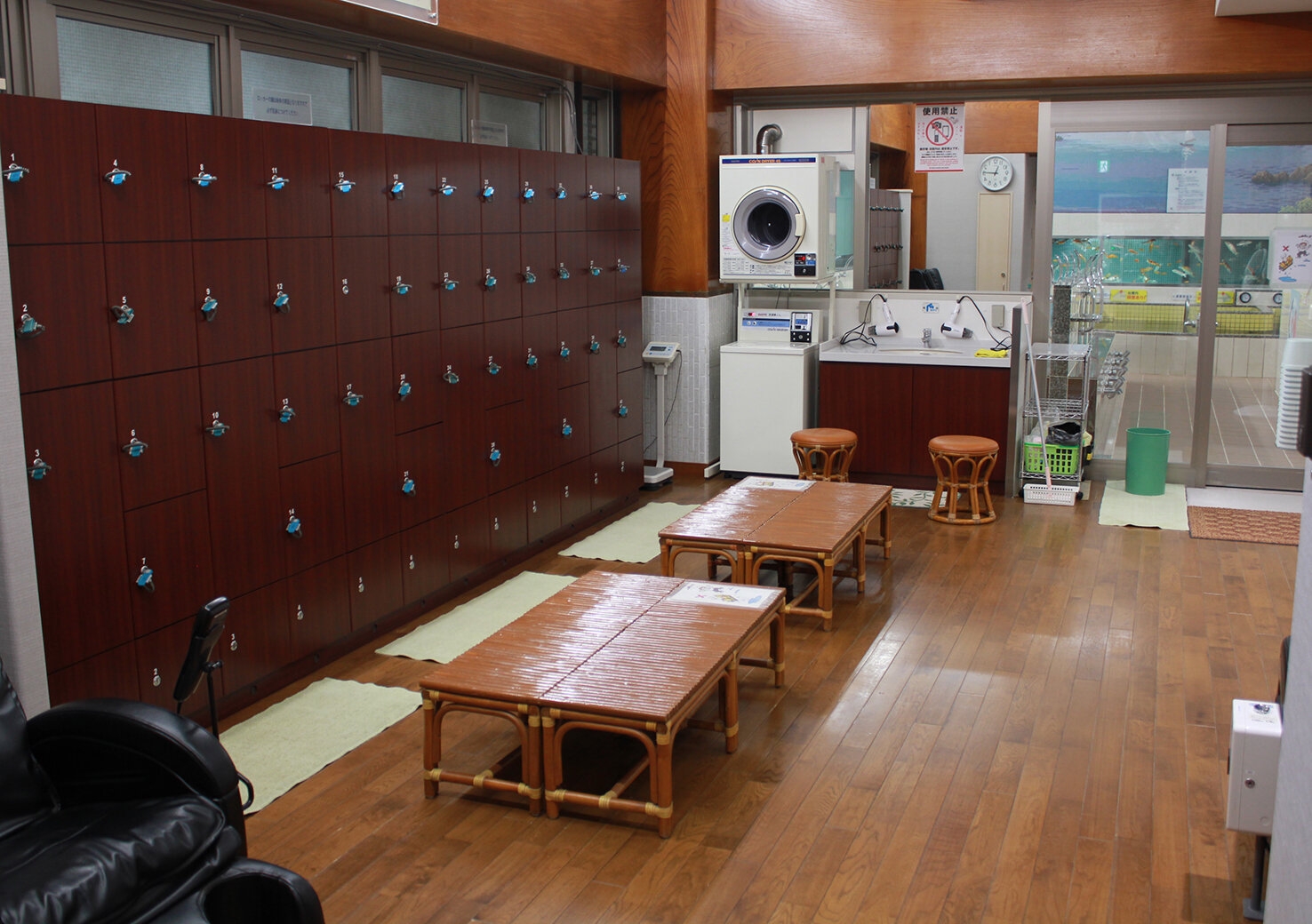
Kaiseiyu's kuro-yu baths include one that is carbonated, their original Kuroyu-Tansansen onsen. It also has a regular warm-water bath called the Silk Bath, with bubbles so small that the water takes on a whitish appearance. These bubbles help clean the pores of the skin.
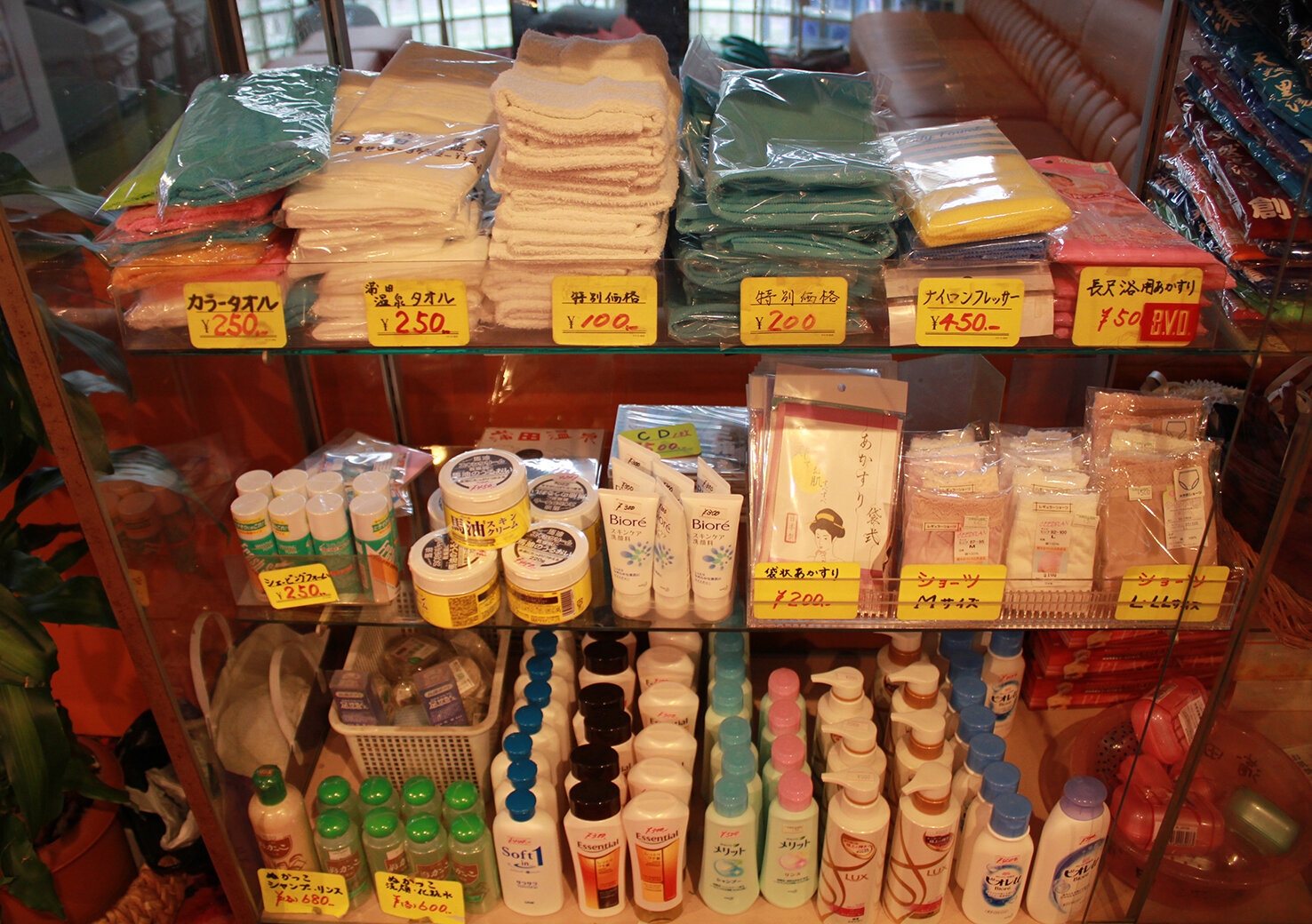
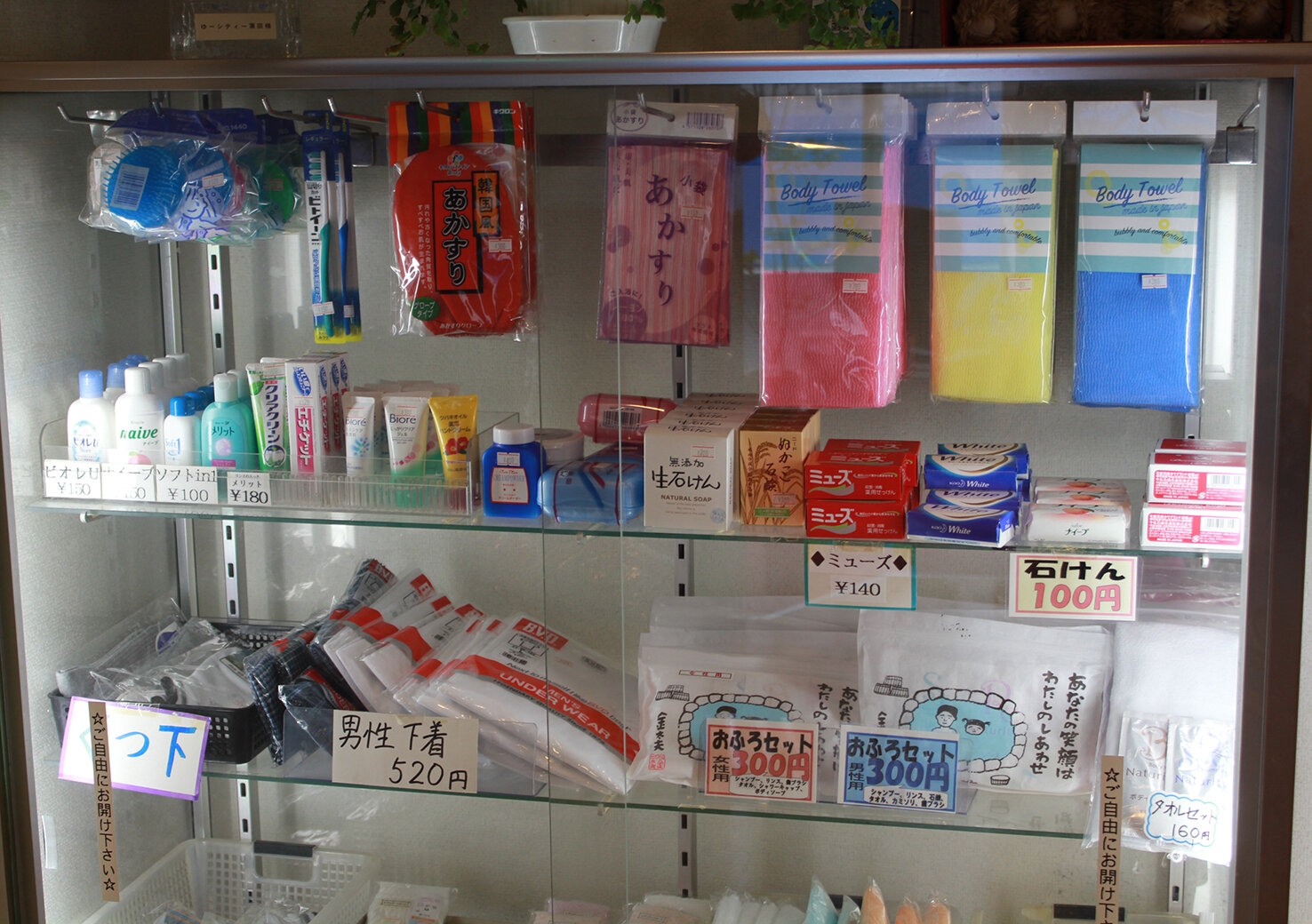
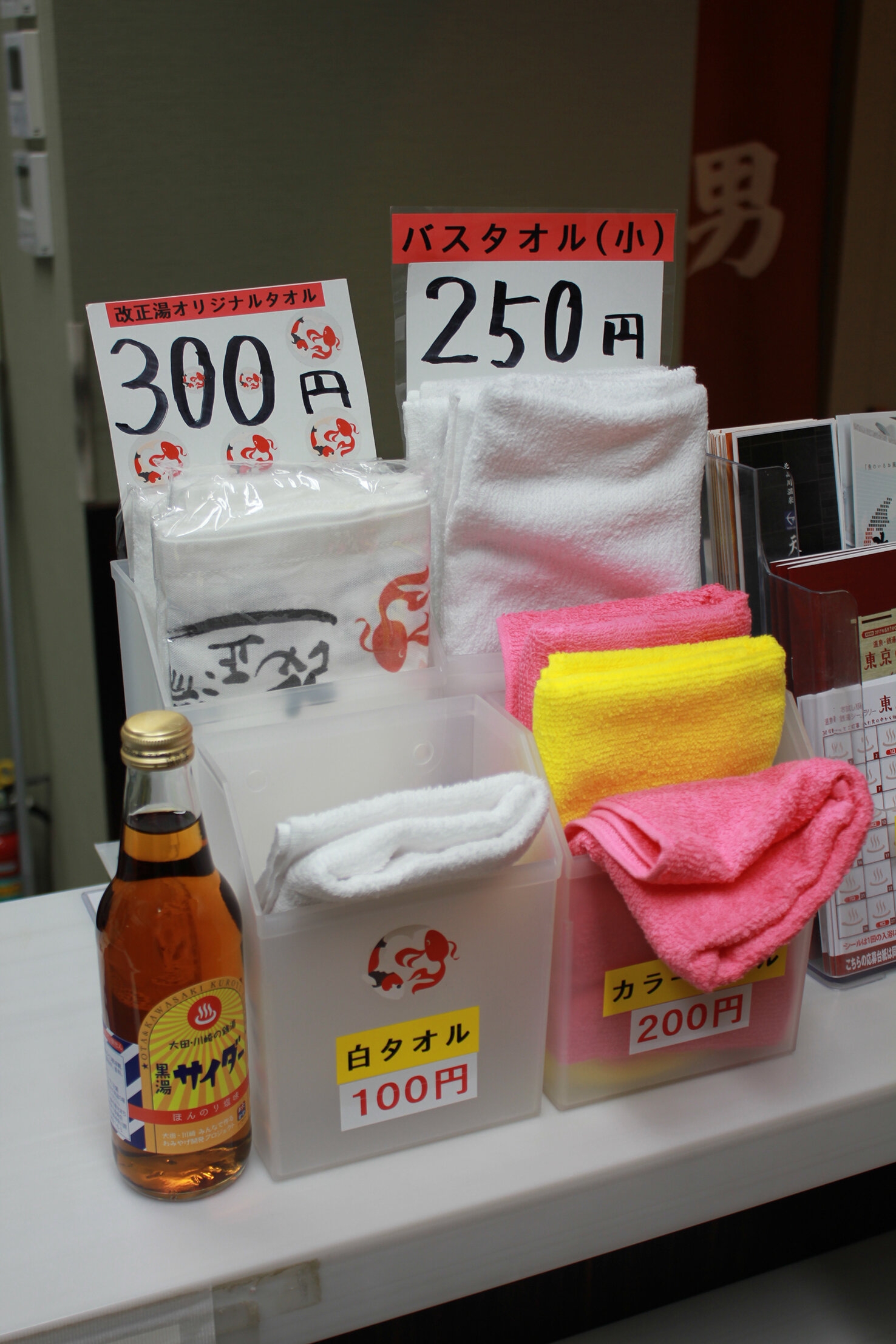
For the standard Tokyo bathhouse admission price of 460 yen, which is prescribed by Tokyo Sento Association, all three of these onsen include access to cold-water baths, too, though use of their saunas carries an additional charge. Kamata Onsen and Yu City Kamata also have denki-buro (baths with a mild electric current). If you don't want to bring your own towels, shampoo, soap, and so on, all three facilities offer them for a small fee.
For a change of pace, come to Kamata and try a truly unique Tokyo onsen experience.
This article was written by Noam Katz.
*This article was posted on the Life in Tokyo website operated by the Tokyo International Communication Committee on January 22, 2018.
